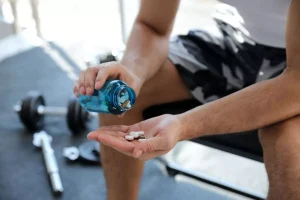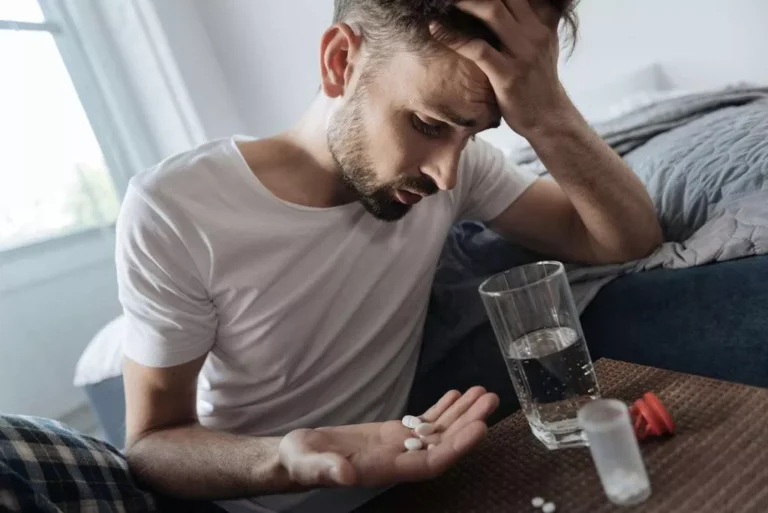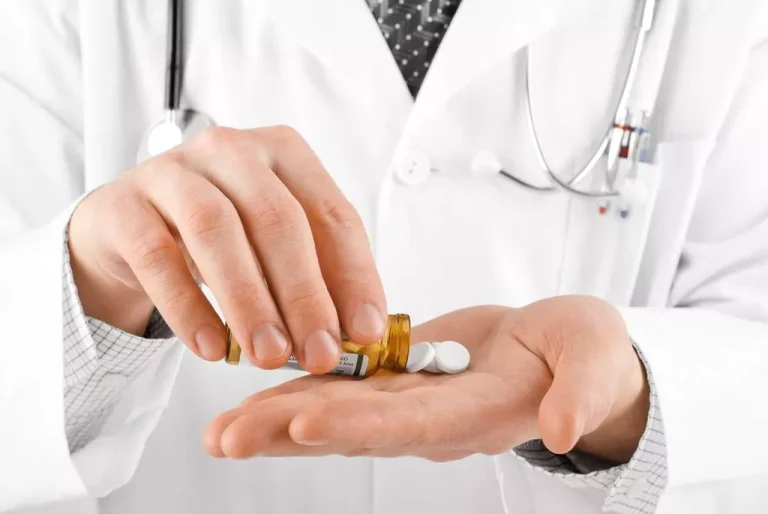
However, some conditions may require treatment beyond our capabilities, and we reserve the right to medically discharge a patient for a higher level of mental health care. Addiction treatment is available for those who are struggling with alcohol abuse or addiction. Specially trained staff are available right now to discuss treatment options for you or your loved one. We can help find a detox or treatment program that will help get the services needed on the road to recovery. Even though research is debunking the connection between alcoholism and rhinophyma, there is still a stigma attached to this disorder.
Alcoholic Nose Explained (Gin Blossom Nose and Rhinophyma)
- After studying the data, the researchers concluded that drinking slightly increased a person’s risk of getting rosacea.
- Rhinophyma is a relatively rare form of rosacea, and most people with rosacea will never experience phymatous changes.
- Some experts argue that rhinophyma is actually a precancerous skin condition.
- Physically, rhinophyma can affect your breathing and nasal function.
- Some people might be prescribed a low dose course of isotretinoin (Accutane) to help shrink enlarged oil glands that might also be contributing to skin thickening and symptoms.
- It is essential to fully understand the patient’s concerns and consider the emotional impact of the condition on the patient.
- Currently, no single thing has been shown as the direct cause of rhinophyma.
In the presence of severity levels 1 or 2, the patient may elect to continue to observe. It is wise to follow these patients by taking clinical photographs, including the chin-up position and the lateral views. Rhinophyma can cause dramatic changes in the appearance of your face. These changes can affect your self-esteem and emotional well-being.
Differential Diagnosis

For more advanced forms of rhinophyma, the most effective way to manage thickened skin is almost exclusively through physically removing excess tissue. Sometimes, this can include relying on ablative lasers or electrical currents (a treatment known as diathermy) to help remove excess tissue. In less severe cases, medication may be effective in treating rhinophyma. Topical and oral antibiotics reduce inflammation and redness, and other topical medications minimize inflammation. Some people also take oral capsules that stop skin glands from producing oil. The early stages of rhinophyma may respond to topical treatments such as metronidazole, azelaic acid, and topical retinoids, and oral antibiotics such as tetracycline, doxycycline, and metronidazole can also be used.
Diagnosis of rhinophyma

Physically, rhinophyma can affect your breathing and nasal function. If you notice symptoms of rhinophyma, talk to your healthcare provider. While these studies found that drinking alcohol may increase a person’s risk of developing rosacea, more studies are needed to know for certain whether drinking can cause rosacea.

Does Excessive Alcohol Use Cause Rhinophyma?
- The condition gradually develops after the onset of the initial stages of rosacea, which typically happen between the ages of 25 and 50.
- It shows up more frequently in men than women and is common among those with fair skin and European ancestry.
- Blood vessels expand and sometimes break, making some heavy drinkers look red and flushed even when sober.
- Definitive treatment requires surgery composed of excisional, ablative, or laser methods.
In the past, and even in modern times, rhinophyma was largely considered to be a side-effect of alcoholism or alcohol use disorder. Someone who has a bulbous, swollen red nose may suffer from incorrect judgments and assumptions about their character and substance use habits. Sunshine Behavioral Health strives to help people who are facing substance abuse, alcoholic nose addiction, mental health disorders, or a combination of these conditions. It does this by providing compassionate care and evidence-based content that addresses health, treatment, and recovery. Alcohol misuse and addiction can contribute to changes in a person’s appearance. It can be if people have other conditions, such as rosacea or rhinophyma.
Side Effects of Rhinophyma

